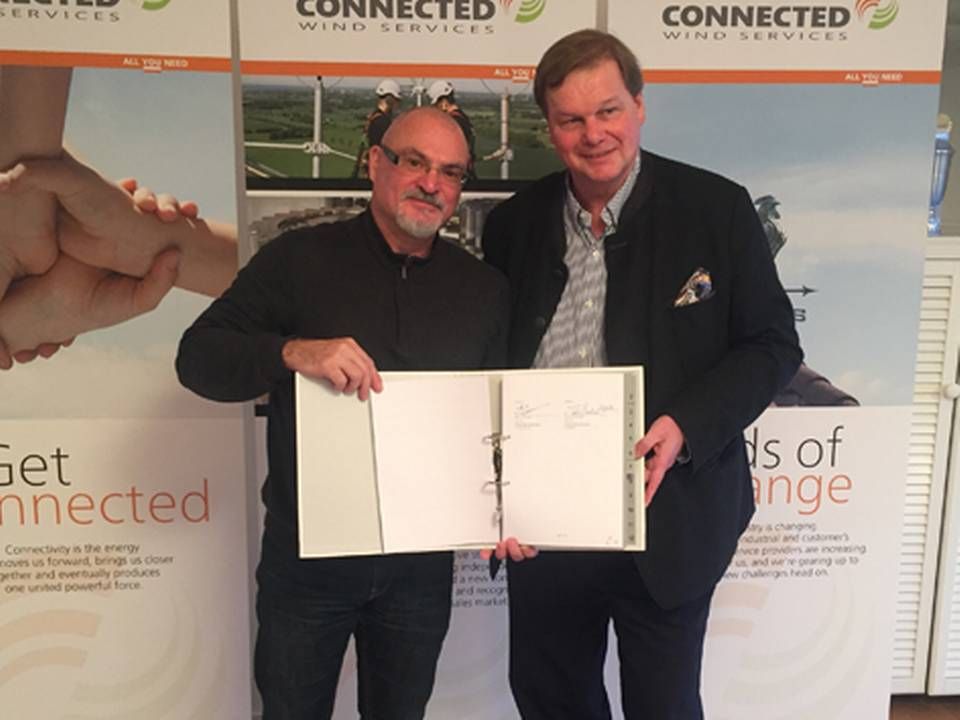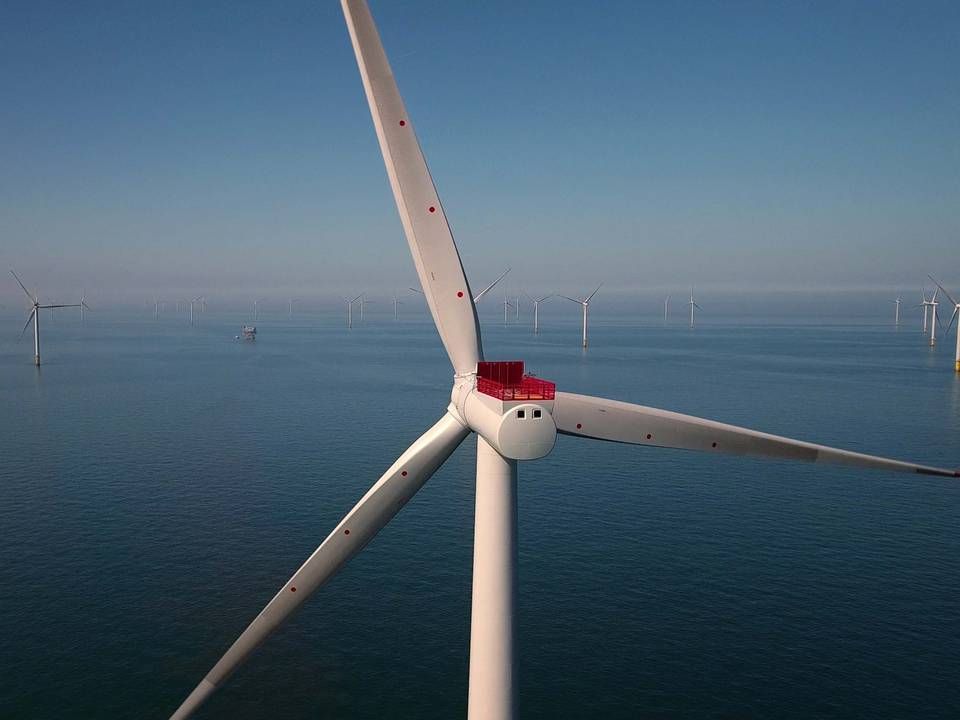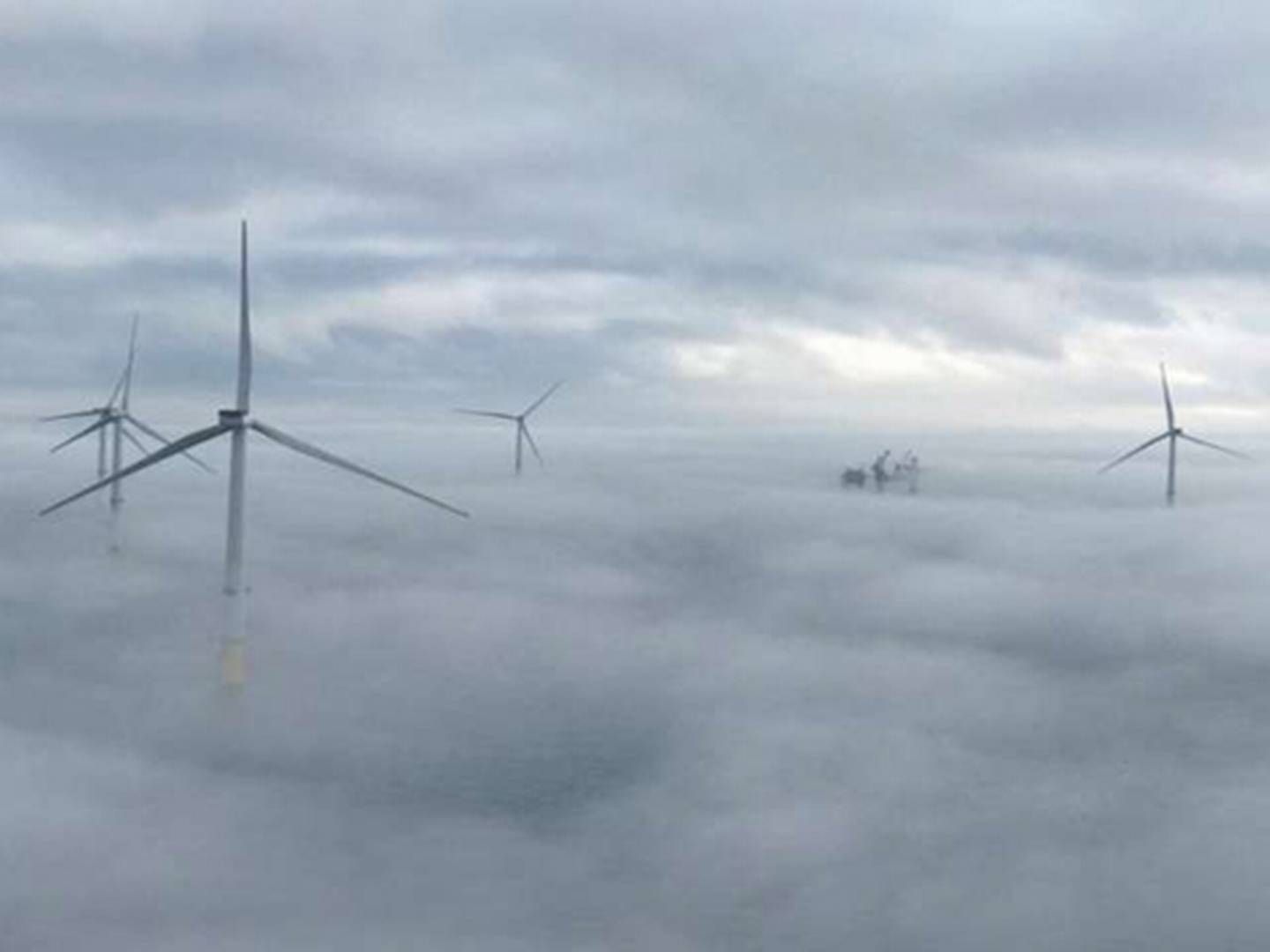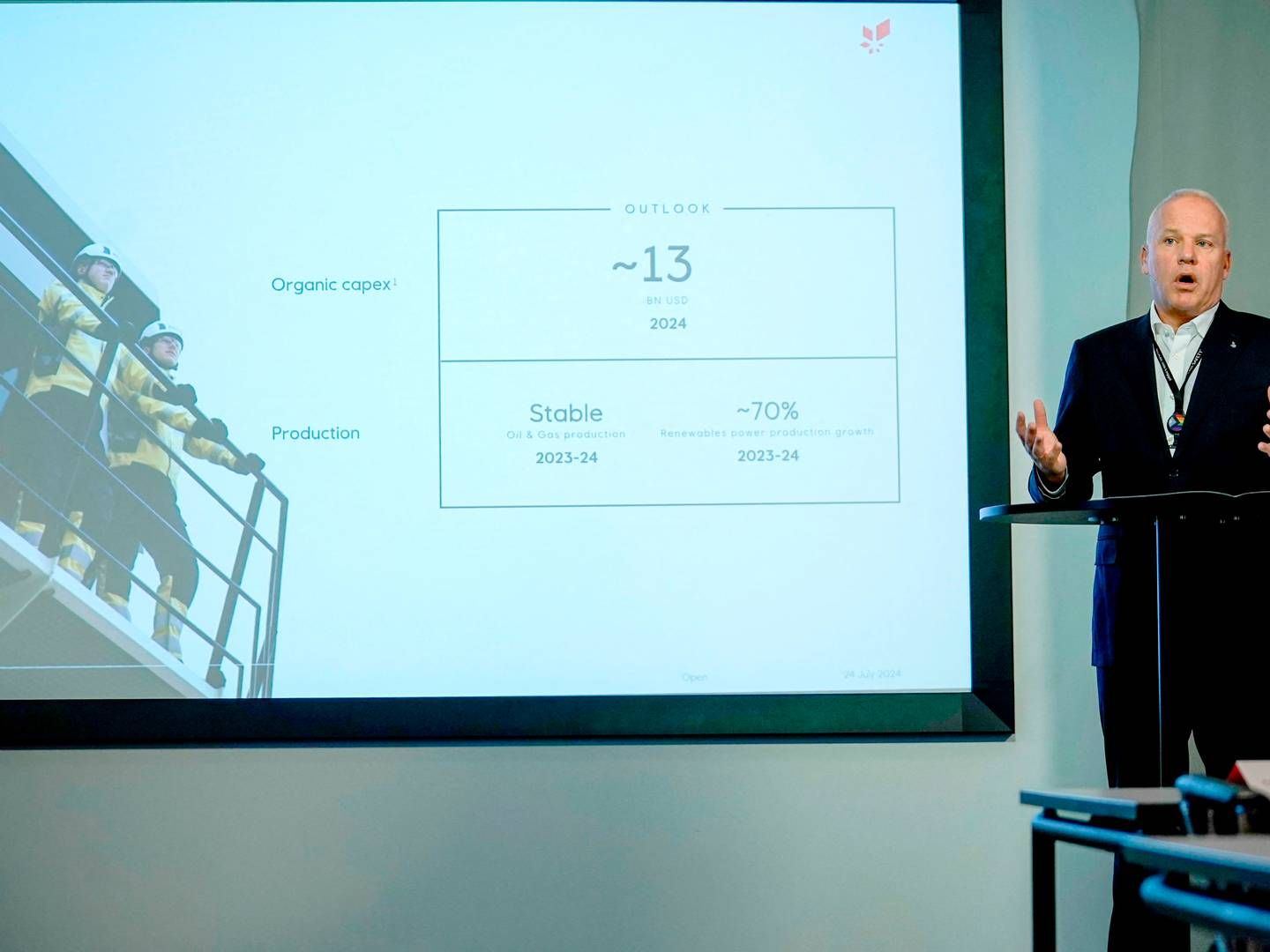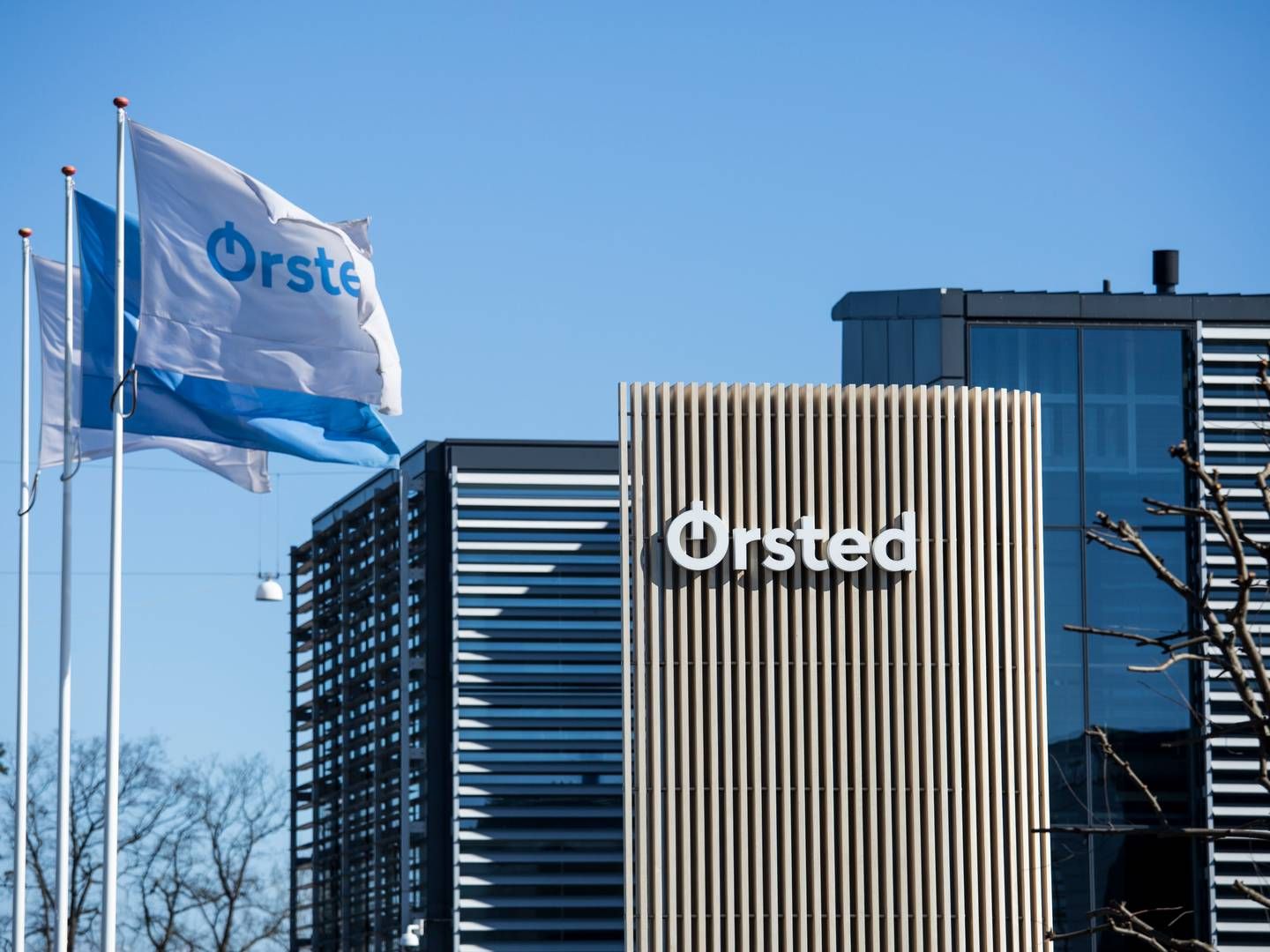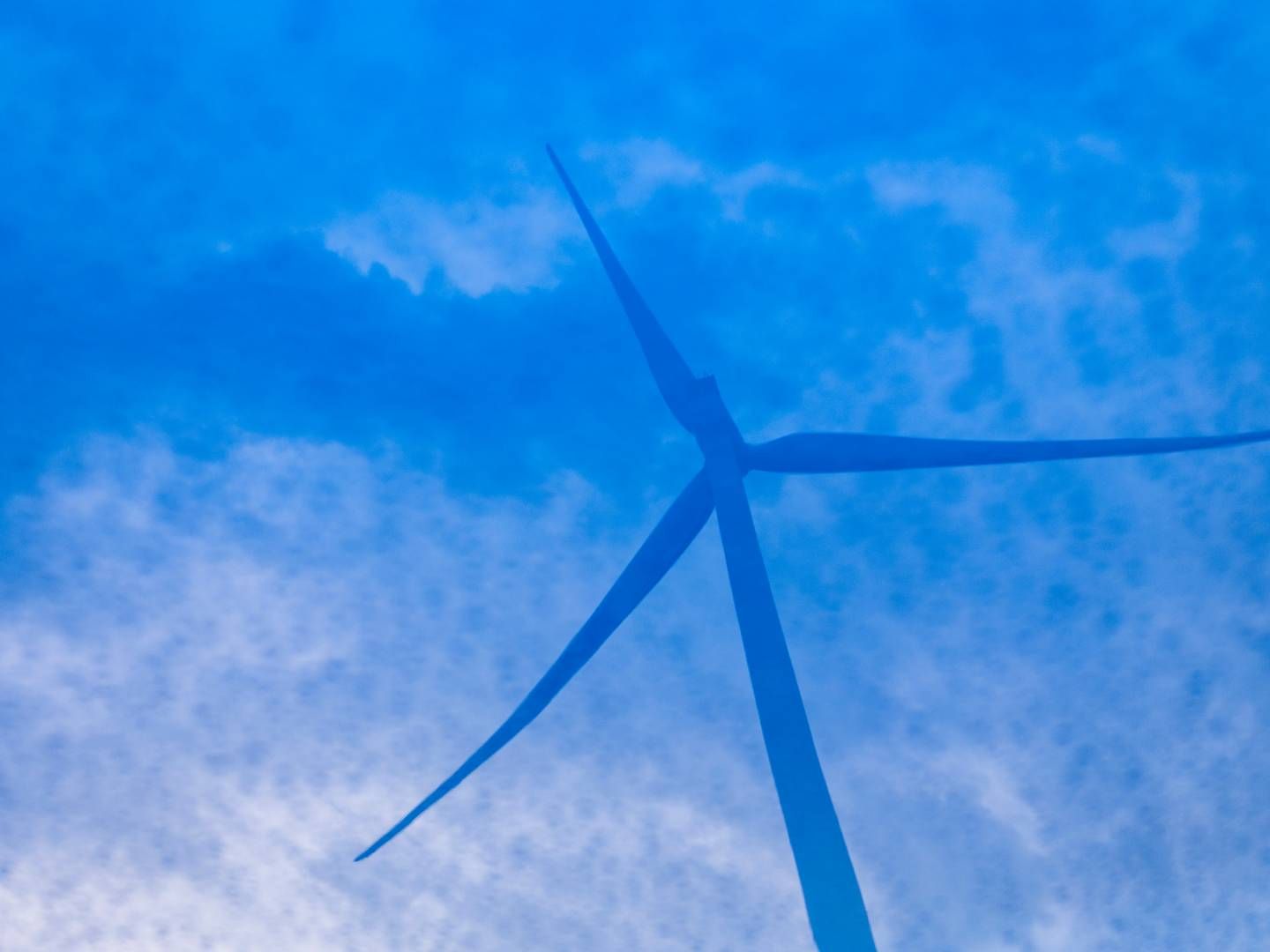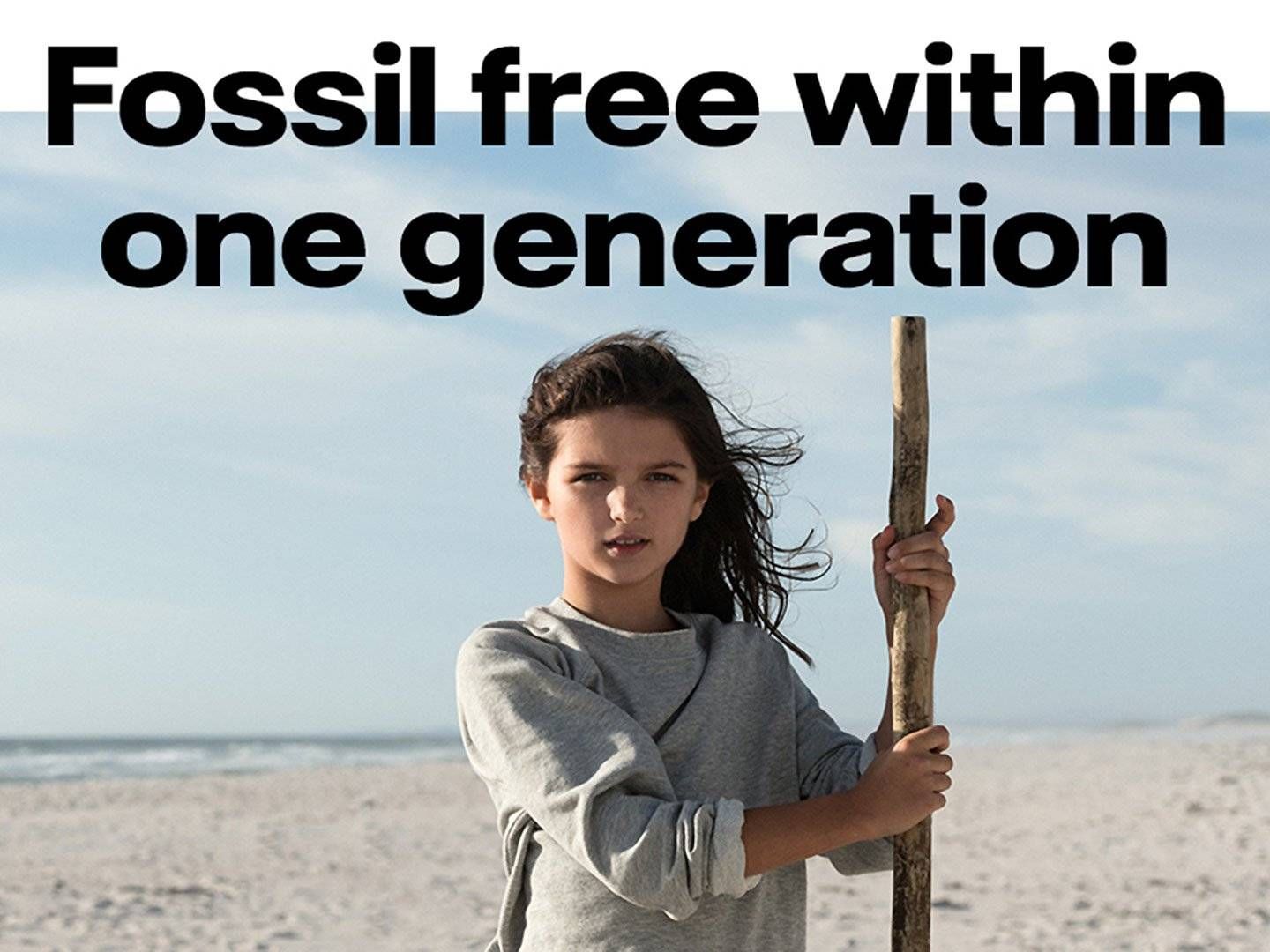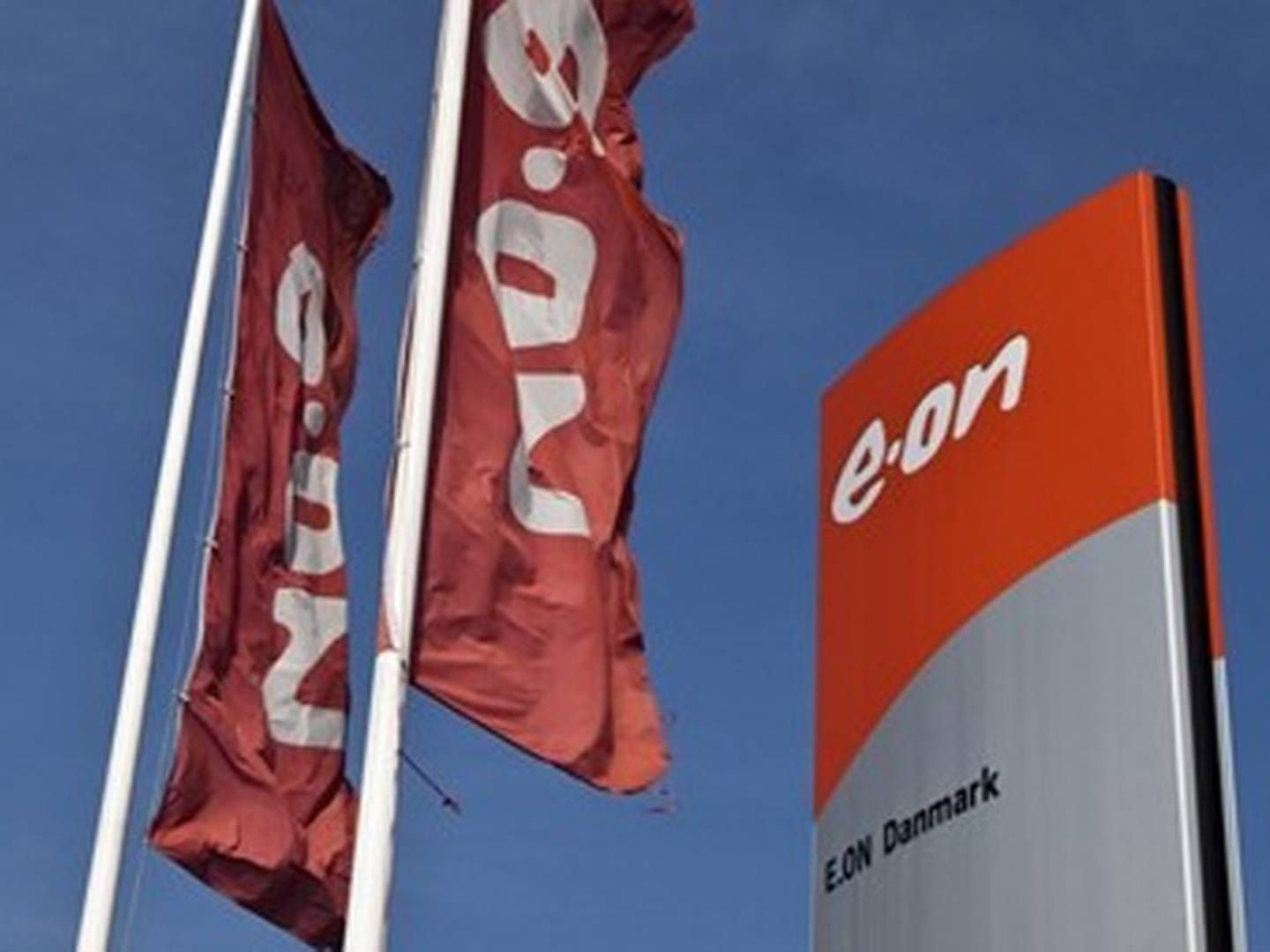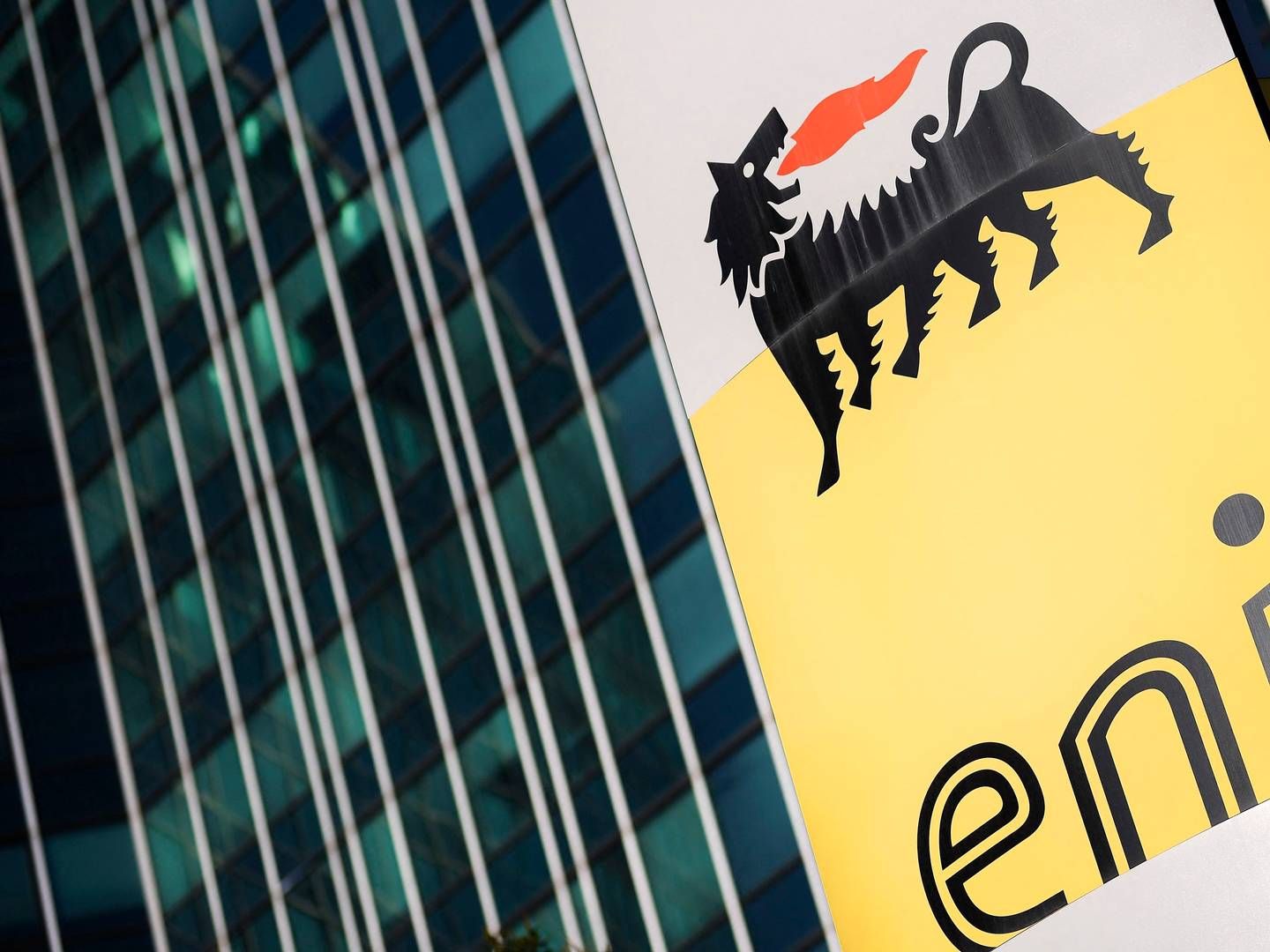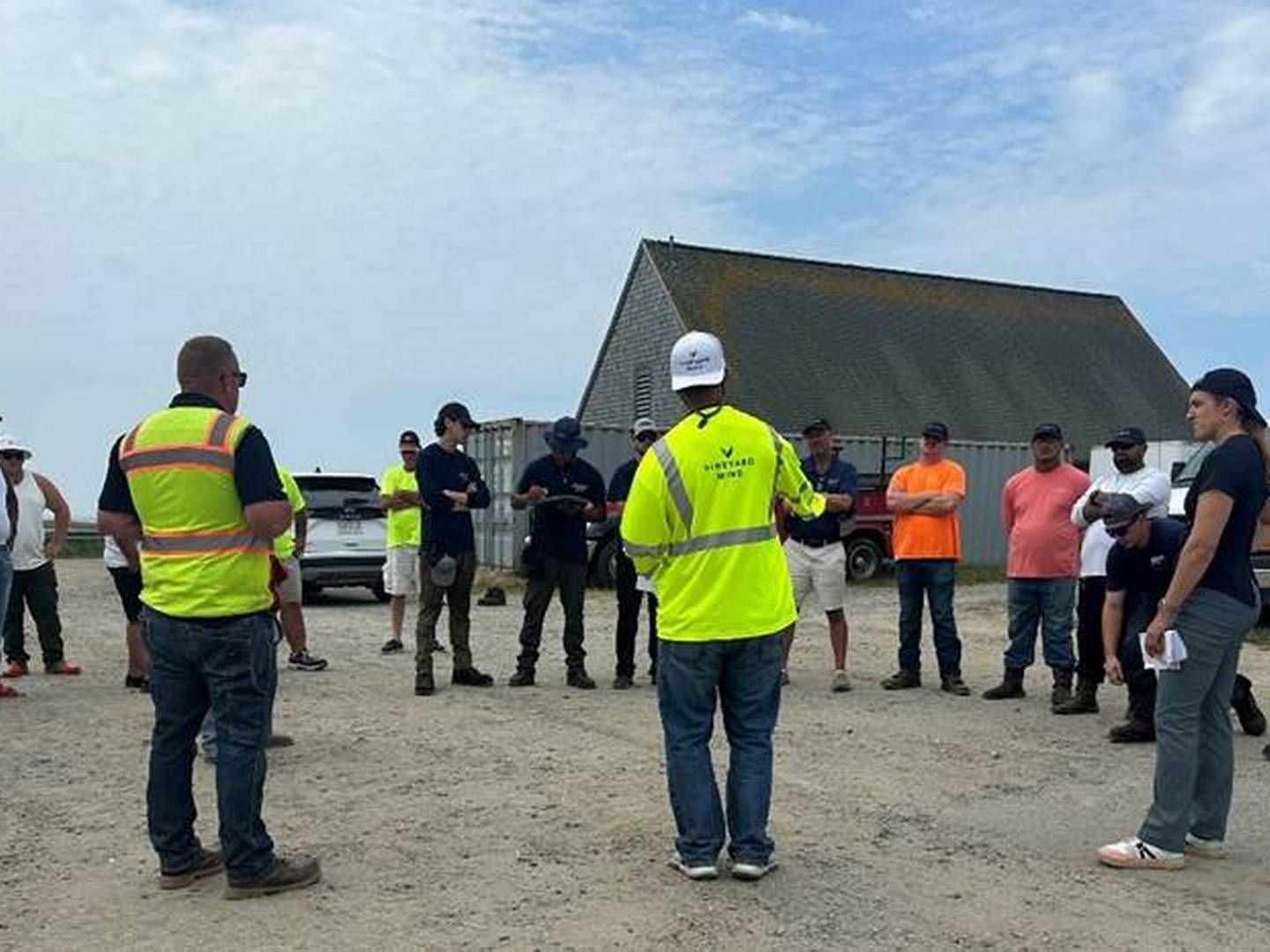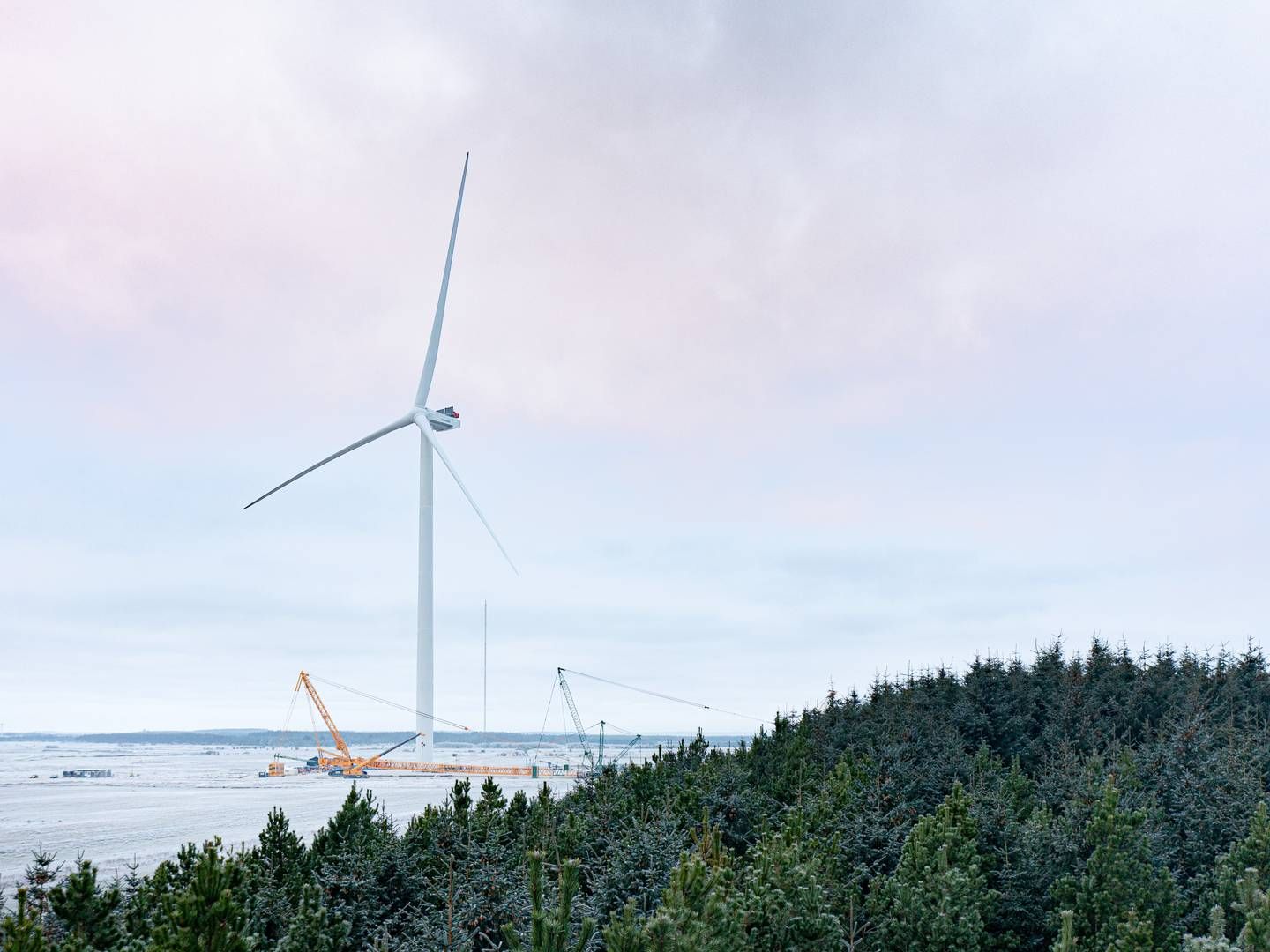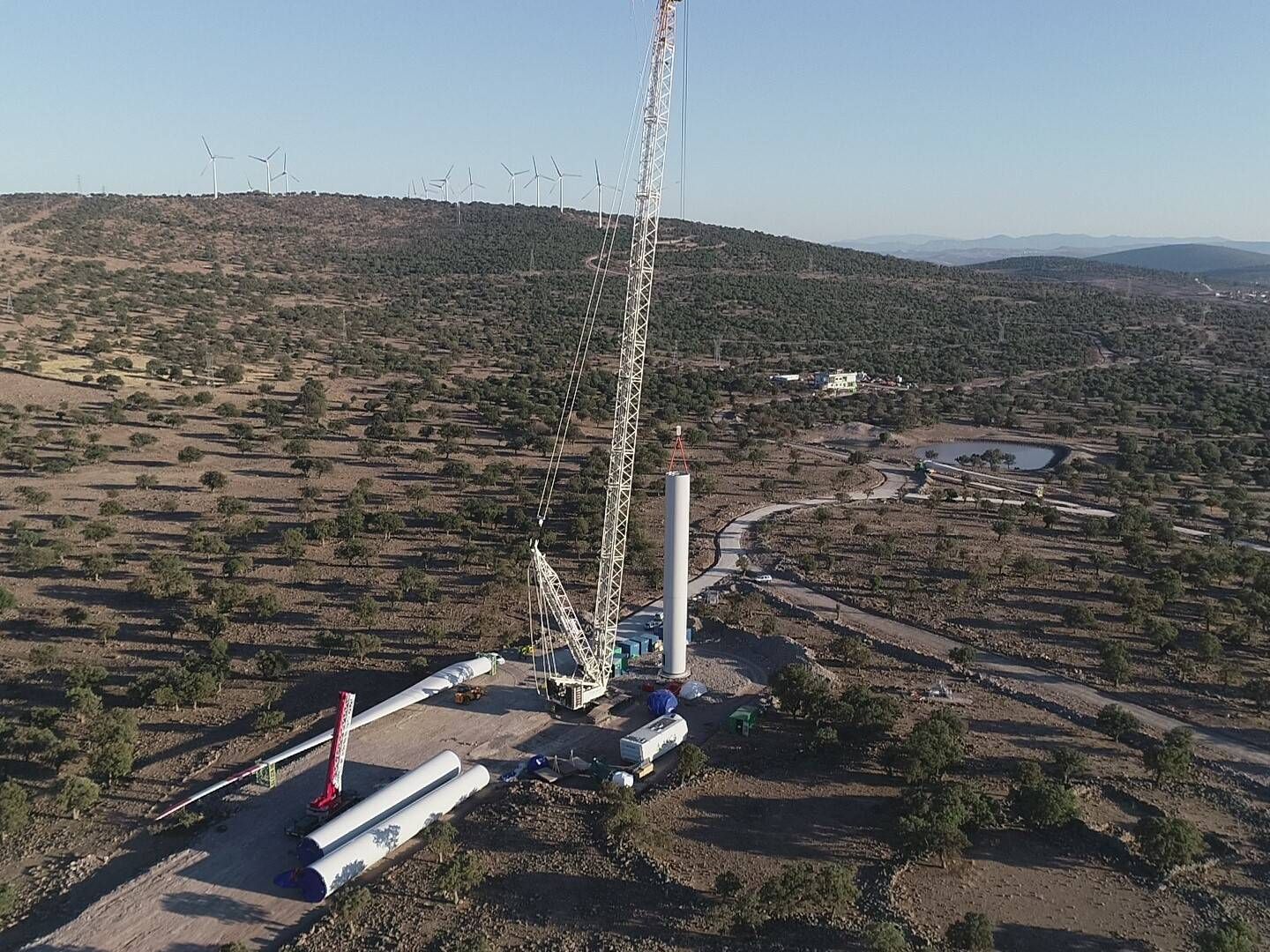ENBW to install 175 MW in subsidy-free solar farm
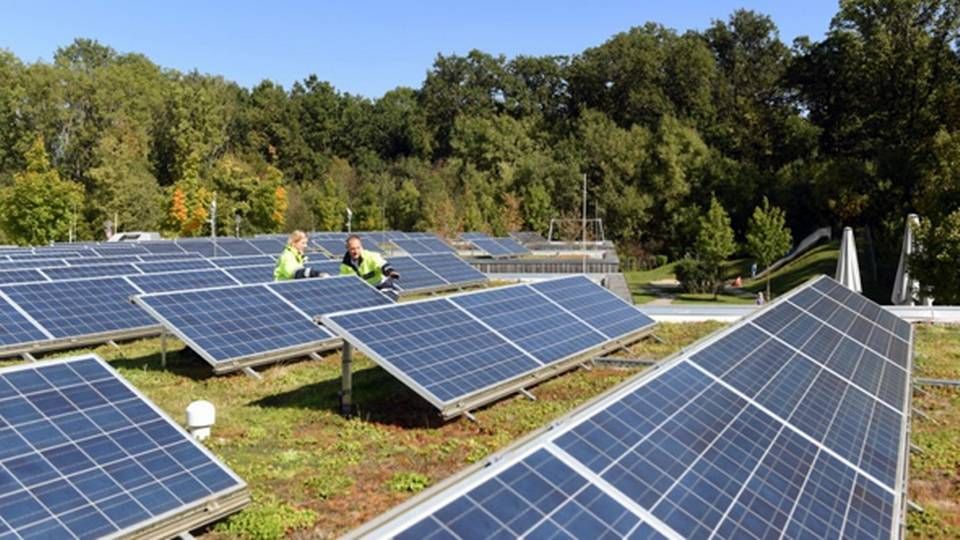
German player ENBW has aggressively driven down wind prices in the past. In 2017, the utility was one of two developers to place a zero-subsidy bid on German offshore wind with the He Dreiht farm to be installed in 2025. However, the project could end up overtaken by a zero-subsidy project in another branch of the company's renewables division.
ENBW is planning to install Germany's first subsidy-free solar farm on a commercial scale. The Weesow-Willmersdorf project near Berlin will generate 175 Gwh of power annually with a corresponding 175 MW. The company has acquired 174 hectares for the project, where building permits are in place while a final investment decision and the following initial start-up of the construction is estimated to already take place at the end of the year.
"By realising the Weesow-Willmersdorf solar park, we will not only become one of the top players on the German PV market, but will once again be sending an important signal – following the 'zero cent bid' for our He Dreiht offshore wind farm in 2017 – about the market viability of renewable technologies," says EnBW Chief Technical Officer Dr. Hans-Josef Zimmer.
In the meantime, ENBW has turned its focus away from the German market and increased its interest in solar, building up a project pipeline of approximately 800 MW over the past few months. Solar is, incidentally, the renewable technology which has fallen most in price over recent years.
"Due to technical advances, the cost of constructing solar parks has fallen dramatically – by up to 90 per cent over the last ten years in Germany. Therefore, today the costs involved in solar energy are on at least an equal footing with other technologies – which has also been demonstrated by the results of the latest auctions," says Dirk Güsewell, Head of Generation Portfolio Development at EnBW.
Germany held two combined solar and wind tenders in Germany last year and in both cases, the total allocation to solar projects where the average solar price in the first tender was EUR 0.482 / kWh and EUR 0.723 / kWh for wind. In the second tender, just one wind project placed a bid.
Last year, Germany installed 3.59 GW, which was the largest development in six years, while wind installations were at their lowest level in eight years.
The dramatic price decline is perhaps bittersweet for Germany. Solar, an industry which Germany contributed to developing and financing from approximately 2000, has now been almost completely overtaken by China. Partly due to what the EU considers price dumping within solar panels and plants, which the bloc has spent a decade trying to restrict.
However, last year these tariffs were loosened, boosting access to cheap solar power in countries including Germany. This could also mean that projects such as the one planned by ENBW could end up paying less for solar than had previously been the case.
Since 2010, solar has been the largest post in the German subsidy regime EEG. Both nominally and particularly in terms of production. However, the price decline over the past few years has meant that subsidies making up the last parameter have plunged significantly. Although they are still far below, for example, onshore wind where production per kW is significantly higher.
The German energy ministry, BMWi, also expects subsidies to decline for the first time this year, although it projects a modest fall from EUR EUR 10.758 million to EUR 10.637 million. Onshore wind expenses are also expected to rise from EUR 8.320 to EUR 8.759 million.
Both technologies have otherwise experienced a large price decline after EEG subsidies were replaced with a tender model in 2017. However, the year to year development is not more significant because the EEG subsidy is repaid over 20 years, and will thereby first completely exit the system. Just in time for the country's total coal phase out, and with plenty of time for solar and wind to be installed without subsidies.
English Edit: Lena Rutkowski
Connected Wind Services will service Chinese customers in France
Related articles
Ørsted gets more from US offshore wind than CIP
For subscribers
Ørsted divests offshore wind worth USD 225 in the US
For subscribers

